CAR MAINTENANCE
Whether you drive a £300 car to get from A to B, or a £30,000 car once a month on a Sunday, maintaining it is very important. It will help you avoid expensive bills or dangerous situations, like breaking down on a motorway. Even if your not a practical person, you should still be able to check simple things on your vehicle, such as oil, water and tyres between servicing. You will need minimal tools, if any at all to do this.
A piece of rag or a few sheets or kitchen towel, a pair of disposable gloves will come in handy though.
Checking Oil
Checking your oil level is quite important, if the level gets below the minimum, the oil pump may not lift enough oil to the top of the engine, and will damage your engine, or at the very least, cause serious wear, drastically reducing its life.
The purpose of oil is to reduce friction between moving parts, and in turn, help keep your engine cool by taking some of the heat away.
Some vehicles have sensors which tell you your oil level on start-up. These generally are accurate, but you should still check it manually every so often.
Again, newer vehicles or low mileage ones will use less oil than older ones. So the older you vehicle, the more often you should be checking.
For a guideline, you should be checking your oil level at least once every month, or more often if you do a lot of miles. Always check it when the engine is cold, and parked on level ground.
Your vehicles handbook will have more specific details regarding the type of oil to use, which should be strictly adhered to.
That aside, a brand new engine should be checked more often, as it common to use anywhere up to 0.5l of oil every 1000 miles, for approximately the first 5000.
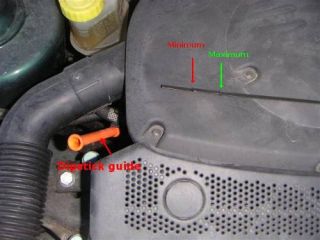
Your dipstick will have two marks in it, this varies between manufacturers, but quite commonly two small notches in the side , or etched markings. Remove the dipstick, they often have a bright yellow handle to mark it, carefully wipe the end clean, then replace it, making sure the handle goes right down into place, then remove.
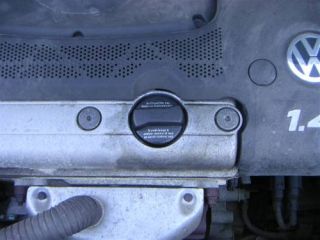
Should it need topping up, this is normally done through the top of the engine. Again, on many vehicles, this will be a yellow cap. Try to avoid over filling, by pouring a little in at a time, give it a few minutes to run down into the sump before checking again. Severe overfilling could lead to damage on some vehicles.
Checking coolant/water level
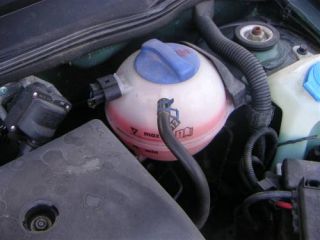
Checking the water/coolant level of your vehicle is another important job that should be done regularly. Once a month is normally about right. It should be a mixture of clean water and antifreeze.
The antifreeze does exactly what you would expect, prevents the water in your engine from freezing. Should it freeze, it will damage your engine, causing problems like blown core plugs. It also serves other purposes, it acts as a cooling agent, making it more efficient than just plain water, as well as inhibiting corrosion inside your engine and its components. Without it, the aluminium and iron/steel parts can corrode quite easily. You should top it up with the mixture according to the antifreeze manufacturers instructions. The tank will have maximum and minimum marks on it.
Brake fluid
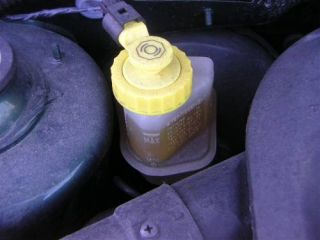
One of the most important ones for obvious reasons. Check it regularly!
The brake fluid reservoir will have maximum and minimum marks on it. Top it up using suitable brake fluid. There are different types, theses are DOT3, DOT4, DOT5 and Dot5.1 Dot 3 being the most basic, Dot4 being one of the more common. Your handbook or dealer will be able to tell you the specification that you should be using.
When topping it up, take good care not to spill any, especially on paintwork. It can damage paint quite easily. If it becomes very low, you will most likely get a warning light on, often the same one as your handbrake. It may also have a float switch in the cap, take care not to damage the wiring when you remove the cap. Some have markings on the outside of the tank, whist some may have a level indicator inside which looks like a piece of stepped plastic.
Power steering fluid
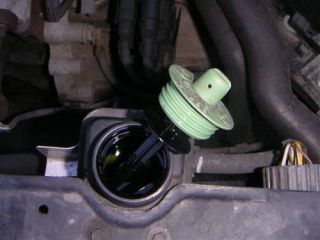
Not all vehicles are fitted with power steering. If yours is, its another fluid level you should check regularly. If it becomes to low, it may cause damage to the hydraulic pump, and also affect the steering and handling of your vehicle.
As with most, the tank should have maximum and minimum marks to use, some have a small dipstick integral to the cap. It may also have a float switch in the cap, take care not to damage the wiring when you remove the cap. As with brake fluids, also take care to avoid spillages to avoid damage to paintwork.
Clutch fluids
Some vehicles have hydraulically operated clutches, usually using the same fluid as brakes. To keep a smooth and reliable clutch, keep it topped up.
They are normally a small tank towards the rear of the engine bay.

Batteries are another thing to maintain, keeping the electrolyte levels topped up will help prolong the life of your battery, and reduce the chance of your car not starting, especially in cold weather.
Some batteries are sealed maintenance free units, while some have removable caps, often undone with a 2p coin or similar. The electrolyte should be just covering the metal plates inside. If it looks low, you should top each partition up with de-ionised water as needed. This is quite important towards the colder part of the year, as there is far more strain on your battery due to all the equipment in use.
Every three months or so is usually more than enough to do this. It’s a good idea to wear some safety goggles and gloves when topping up a battery, in case of any splashes. For more information on batteries please see here- Batteries
Screen wash
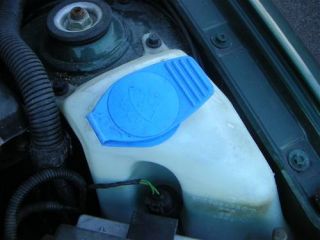
The screen wash reservoir is normally large enough to last well over a month, but if you run out top it up as soon as possible for obvious reasons.
Top it up with water, and a little added screen wash concentrate to help. In the winter add a little more of the concentrate, as it prevents it freezing. Sometimes as much as a 2 parts water, 1part concentrate is needed. The concentrate you use will have a mixture guideline on the packaging. This doesn’t usually have a level indicator, just fill it up until its virtually full to the top. Using washing up liquid isn’t suitable, as it tends to foam, and will not be pumped out efficiently.
Article written by Hitch



